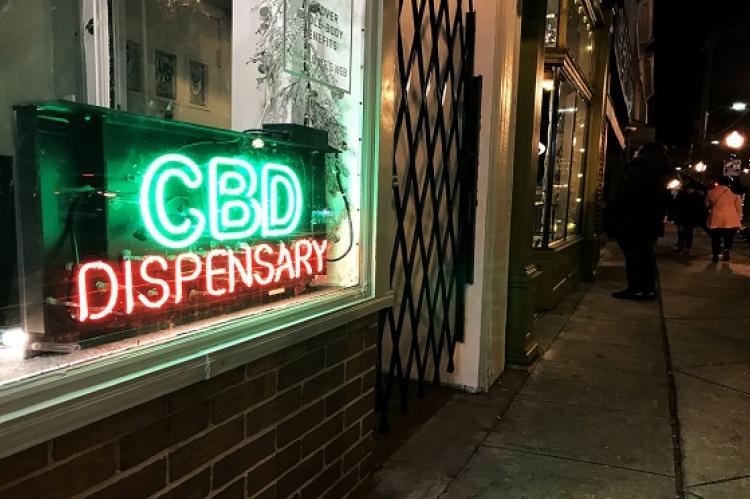Despite budding cannabis market, insurance still lags behind
According to a new report by New Dawn Risk, there are only six large insurers currently offering cannabis coverage.
Support for cannabis legalization in the United States has steadily risen since 1989, and many states have altered their stance on the matter in recent years. Although 32 states have legalized cannabis for medical or recreational use, it remains illegal on a federal level — which has complicated matters for many looking to get involved or support cannabis businesses, especially for those in the property & casualty insurance industry.
Despite the state of limbo surrounding cannabis, it continues to grow. The U.S. legal marijuana market expanded from zero to over $10.4 billion in 2018, with 250,000 jobs devoted to the handling of plants, according to the Associated Press. And this does not take account of the companies that retail the products or supply services such as packaging, processing, payroll and transport, according to a new report by New Dawn Risk. The report examines how big the cannabis market could get, laws and rulings that impact cannabis coverage, the challenges for carriers and brokers, and more.
The report also notes that because marijuana companies cannot access any suppliers outside their states, as the payments to these companies would violate money-laundering laws due to cannabis being illegal under U.S. federal law, “virtually all insurance for cannabis-related businesses is supplied at a local level by smaller state-based insurers.” Cannabis businesses face a number of risks that require comprehensive insurance coverage, but access to such coverage is not universally available yet.
Part of the reason why many in the insurance industry are hesitant to enter the world of cannabis is because of conflicting cannabis laws and regulatory influences. A few examples are listed below:
- The Safe Banking Act is waiting at the Committee stage in the U.S. Congress. Designed to permit banks, insurers and credit unions to work with cannabis businesses, it is unlikely to move until a new president is elected.
- The Federal Bank Secrecy Act requires financial institutions to report to the Treasury Department any transactions of $5,000-plus derived from illegal sources.
- The McCarren-Ferguson Act states that federal law cannot pre-empt state law in the case of insurance, but it does not apply to the Money Laundering Statute. The Money Laundering Statute makes it a felony to engage in a financial transaction involving the proceeds of an unlawful activity.
According to the report, there are only six large insurers currently offering cannabis coverage, and most insurers that are currently entering the market are offering a core set of policies that usually consist of the following:
- Commercial and general liability with limits of $1 million per occurrence/$2 million aggregate
- Property damage, with limits of $1 million per occurrence/$2 million aggregate
- Product liability, with limits of $1 million per occurrence/$2 million aggregate
Although the biggest risk the cannabis industry faces is uncertainty, there also is concern about data. Both personal and commercial lines insurers need to study early claims in states where marijuana has been legalized to determine their risk appetite. But due to the inconsistency between states and the rapidity of changes in the industry, “it is almost impossible for insurers to access any kind of reliable data on the specific risks that exist within this industry.”
Like any other industry, cannabis has many risks that require comprehensive insurance coverage. For example, because licensed cannabis businesses are required to collect customer information, they are particularly vulnerable to cyberattacks. Additionally, cannabis farmers are exposed to crop losses — especially as the risk of wildfires, mudslides and earthquake activity will continue to increase due to climate change — but crop insurance can be difficult to find; many cannabis farmers don’t bother to look since they assume they will not be able to get it. Other examples of coverage the cannabis industry needs include directors’ and officers’ liability, workers’ compensation, product liability and more.
“Nothing the cannabis world does is any different than the normal world when you think about classifications. The product is just a widget. Whether you’re growing that widget, manufacturing that widget, selling that widget or testing that widget, it’s just a widget. The risk is not the product; we’re not insuring nuclear waste,” Mike Aberle, senior vice president at CannGen Insurance Services, said in a statement included in the report.
While most of the attention in the P&C insurance industry concerns COVID-19, there are many other segments insurance professionals must keep in mind, as well. Industry opportunity surrounding cannabis is ample, and the need for coverage is critical. The results can fundamentally change the cannabis industry, the P&C insurance industry, and the U.S. economy for the better.
- Log in to post comments

